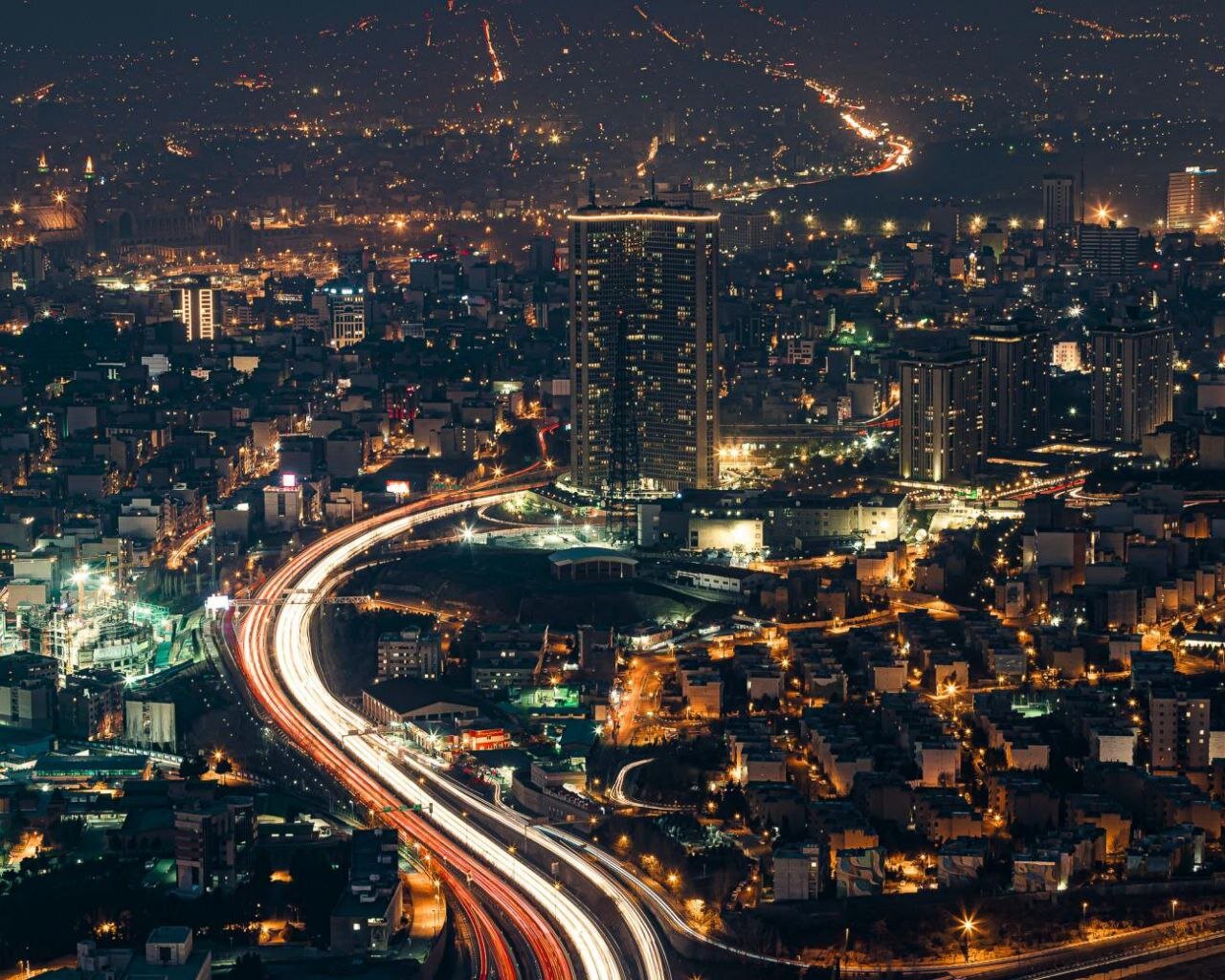UNDP committed to supporting Iran's efforts toward sustainable energy future

TEHRAN –The United Nations Development Programme (UNDP) in the Islamic Republic is committed to continue supporting efforts in Iran to strengthen economic resilience, reduce emissions, and achieve a sustainable energy future.
Iran has significant potential for renewable energy, with 60,000 MW of solar capacity and 30,000 MW of wind potential. National targets aim to install 30,000 MW of renewable energy by 2030 and reduce power consumption by 10,000 MW. However, challenges such as energy intensity remain, UN website announced in a press release on January 28.
UNDP Iran is actively supporting the country’s transition to renewable energy and improved energy efficiency. To support long-term sustainability, UNDP developed an energy efficiency certificate framework, approved by the Economic Council, and equipped laboratories and vocational training centers to improve skills in clean energy sectors.
Additional contributions include creating an MRV (Measurement, Reporting, and Verification) framework for the Department of Environment, revising Energy Compliance Building Code 19, and setting up an Energy Monitoring Information System for the Ministry of Roads and Urban Development.
In addition, energy efficiency solutions were piloted in building sector – one of areas that accounts for the largest share of energy consumption in Iran. Solar panels have also been installed at various locations, including eight disaster centers under Tehran Municipality. These initiatives have reduced energy consumption and also created over 1,000 direct and indirect jobs, highlighting the economic benefits of clean energy.
Globally, UNDP’s energy portfolio includes 384 initiatives across 128 countries. Aligned with the 2022-2025 Strategic Plan, these projects aim to provide direct benefits to 81.5 million people by granting access to clean energy or its productive use, while also benefiting an estimated 100 million individuals indirectly.
In Iran, collaboration with the Renewable Energy and Energy Efficiency Organization (SATBA) continues to focus on addressing barriers, improving policies, and fostering investment in renewable energy development.
Renewable power plants capacity to rise 3,500 MW by next year
On February 1st, the deputy energy minister said: “The Ministry of Energy is seeking to increase the capacity of the renewable power plants by 3500 MW by the peak energy period next year, and the financial resources for this plan have been secured through the efforts of the minister of energy.”
Mohsen Tarztalab added that with the president’s directive and the efforts and follow-up of the minister of energy, the financial resources for this capacity have been secured.
Over the past few years, the Iranian government has taken serious measures to accelerate the growth and development of renewable energies in the country.
Diversification of financing models for renewable projects, increasing the ceiling of guaranteed electricity purchase, providing the possibility of buying and selling renewable electricity in the green board of the
Iran Energy Exchange (IRENEX), and providing the possibility of exporting renewable electricity have been the most important measures taken for this purpose.
Iranian Energy Ministry has also put it on the agenda to add 10,000 MW to the capacity of the country’s renewable power plants by the end of 2025.
In January 2022, the Energy Ministry and some of the country’s private contractors signed memorandums of understanding (MOU) to cooperate in the construction of new renewable power plants across the country.
Iranian renewable power plants generated 264 million kilowatt-hours (Kwh) of electricity in the fifth Iranian calendar month of Mordad (July 22-August 22), registering a 23-percent growth compared to the same month in the previous year.
Clean energy ensures safer, better world for all
Alternative sources of energy that are clean, accessible, and reliable will contribute to addressing climate change, mitigating greenhouse gas emissions, and empowering vulnerable communities worldwide.
Provided by the sun, wind, water, waste, and heat from the Earth, renewable energy sources are abundant, and emit little to no greenhouse gases or pollutants into the air.
They also benefit communities lacking access to reliable power sources. For populations without clean energy access, the lack of reliable power hinders education, healthcare, and economic opportunities.
Many of the developing regions still rely heavily on polluting fossil fuels for their daily life. If current trends continue, by 2030 around 1.8 billion people will still use unsafe, unhealthy, and inefficient cooking systems, such as burning wood.
The world needs to reduce dependence on fossil fuels by investing in clean energy which is affordable, and sustainable.
MT/MG
Leave a Comment